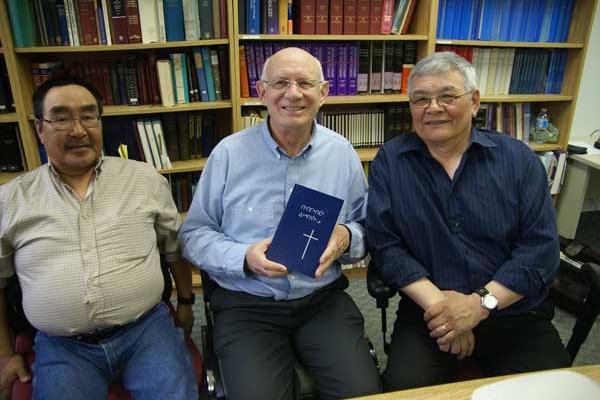May 3, 2012
The Bible is by far the most translated book in history. Portions of the Old and New Testaments have been translated into more than 2,500 languages. According to United Bible Societies, the complete Bible has been rendered into 469 tongues as of 2010.
Add Inuktitut to that list.
Later this spring, an entire Bible in Inuktitut, the language of Inuit people and the most widely spoken aboriginal tongue in Canada's Arctic, will be dedicated at an igloo-shaped church in Nunavut, an autonomous region carved out of the Northwest Territories in 1999.
Read the Full Article

Already a subscriber? Login
